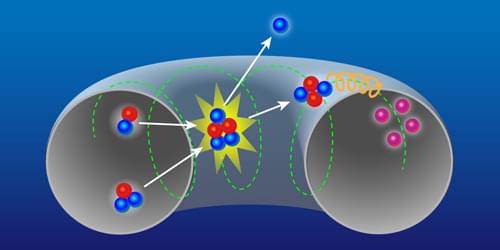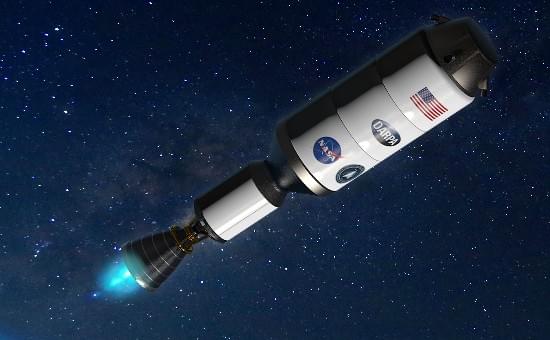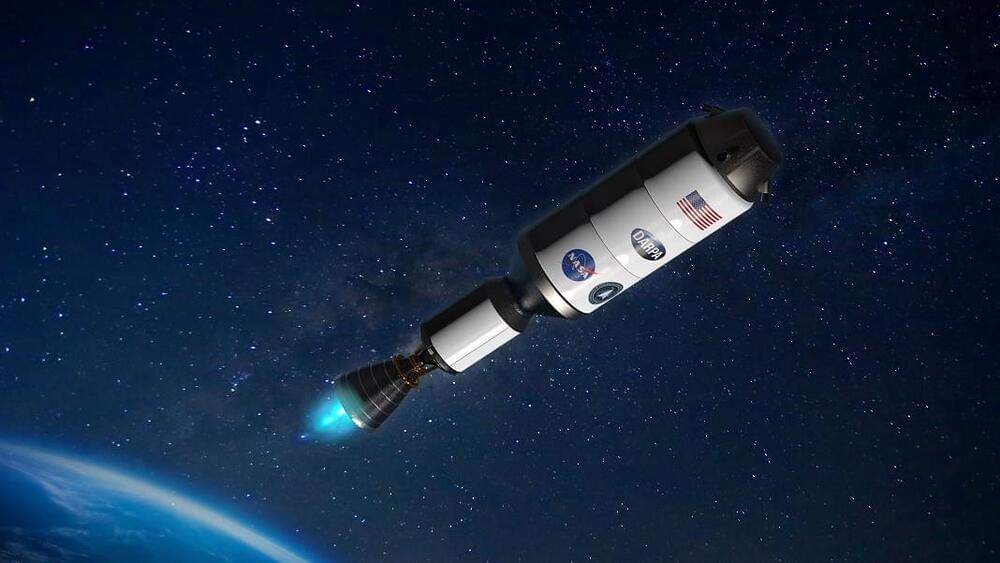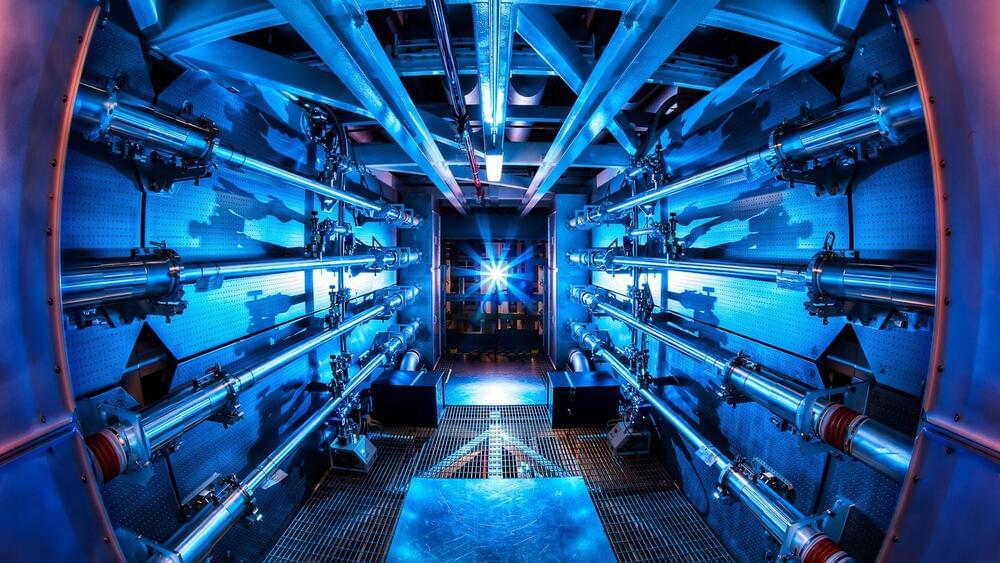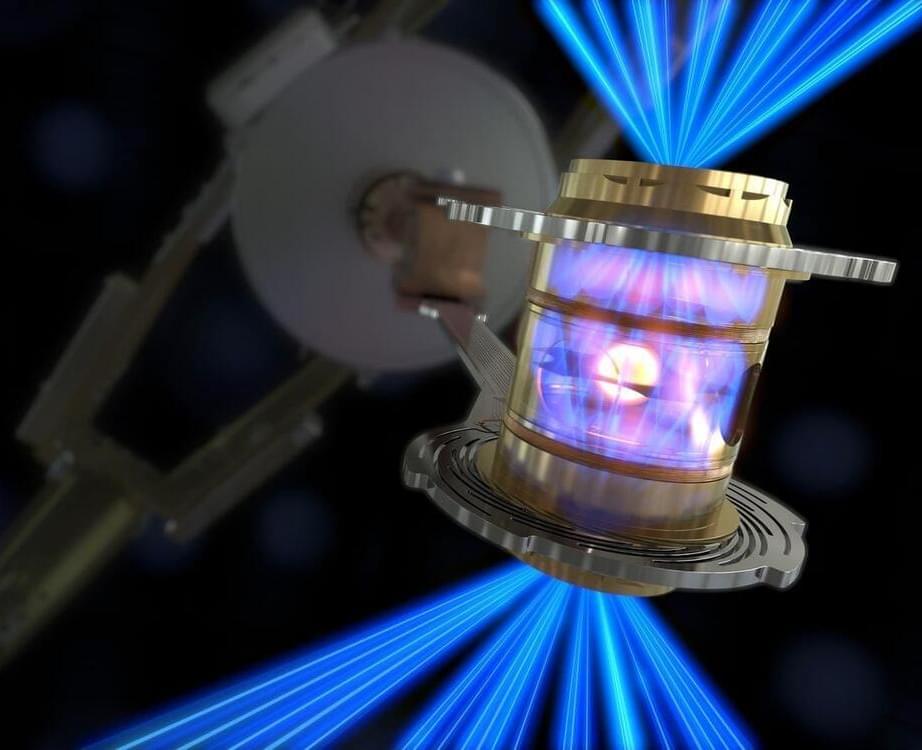Deep space is a hostile environment for humans, which makes the long journey to Mars a serious stumbling block for manned missions. A nuclear-powered rocket could slash the journey time, and NASA has announced plans to test the technology by 2027 at the latest.
Most spacecraft to date have used chemical rockets packed with fuel and oxidizer, which rely on combustion to propel them through space. A nuclear-powered rocket would instead use a fission reactor to heat liquid hydrogen to very high temperatures and then blast it out the back of the spacecraft.
These kinds of engines could be up to three times more efficient than those in conventional rockets, and could cut the time to transit from Earth to Mars from roughly seven months to as little as six weeks. NASA has teamed up with DARPA to make the idea a reality, signing a deal with defense contractor Lockheed Martin to launch a working prototype into space as early as 2025.

